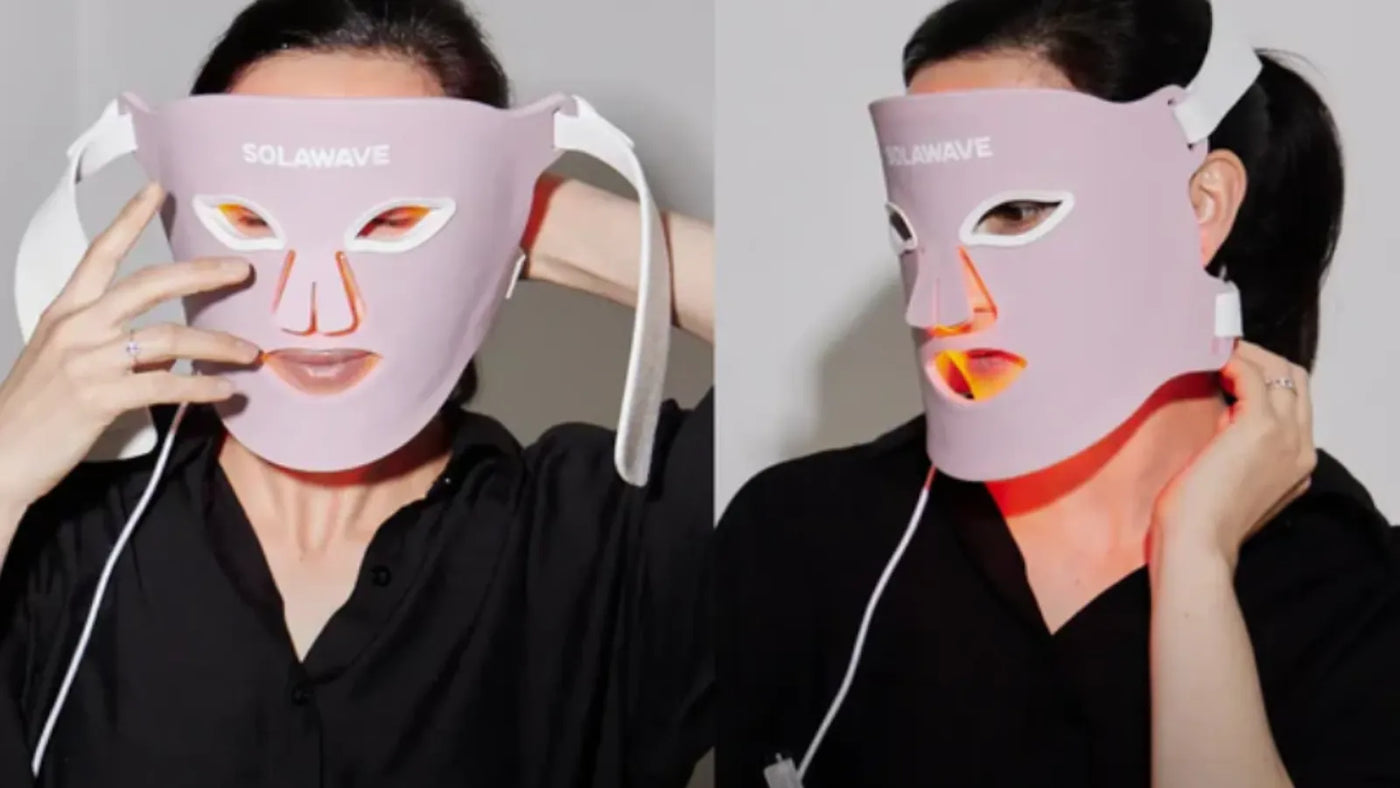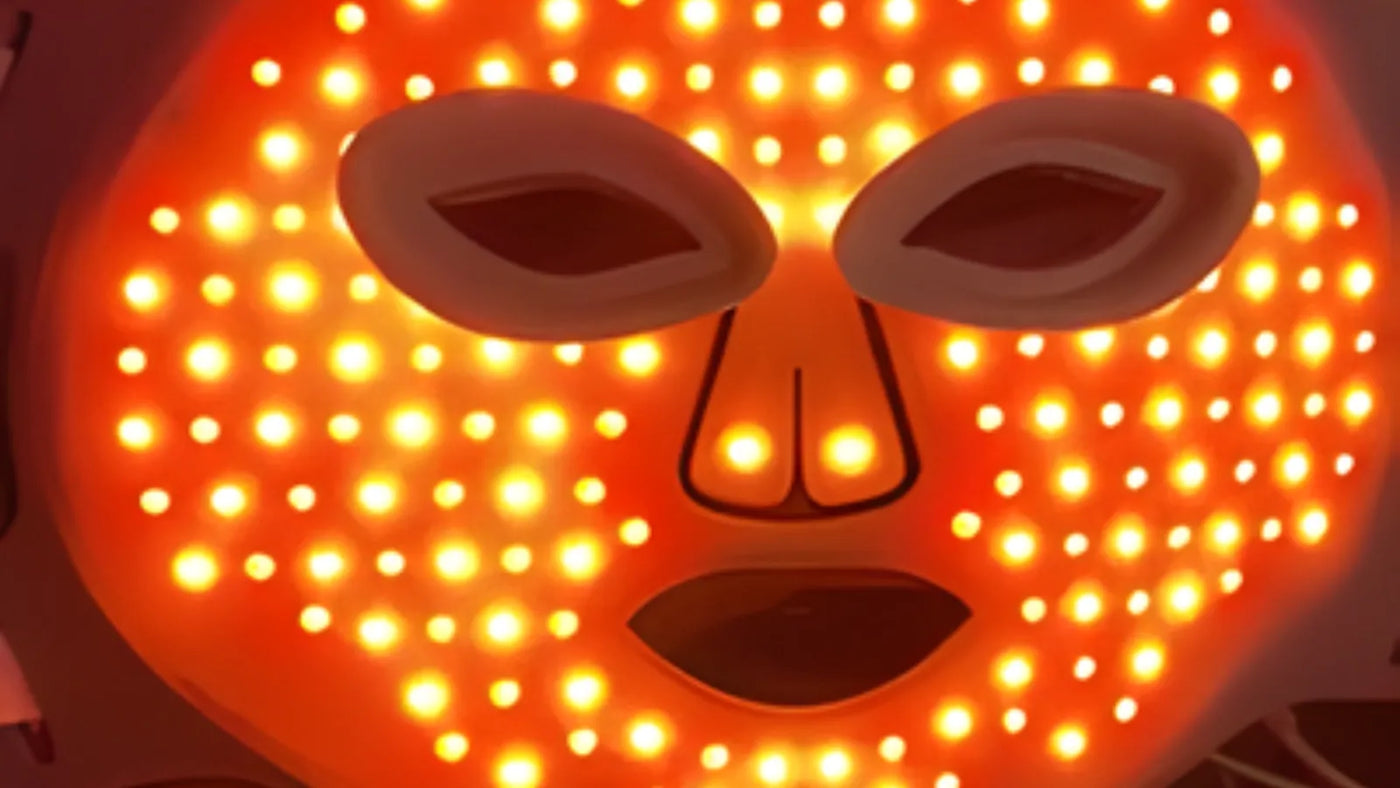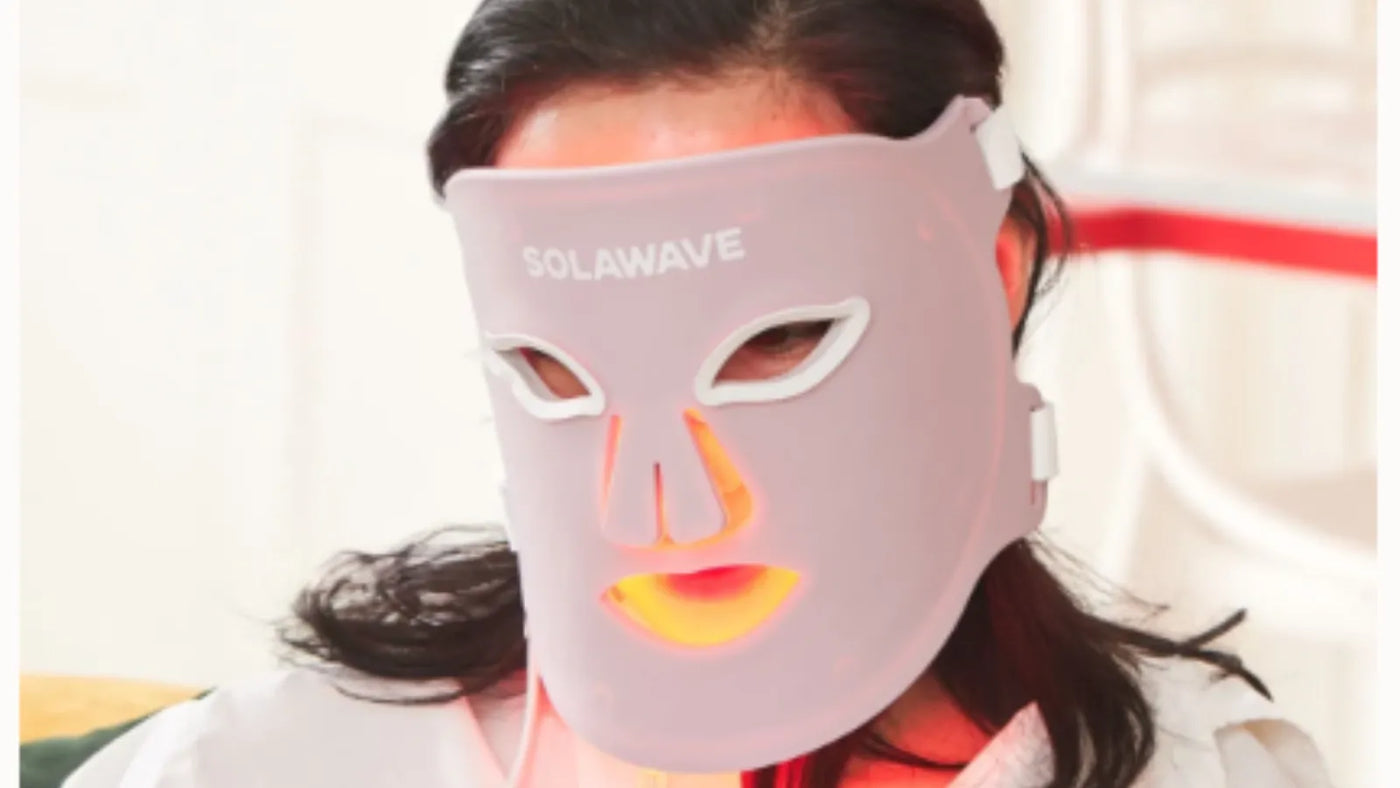

Red Light Therapy For Sleep: Does It Help?
In recent years, there’s been a surge of interest in using light therapies to support sleep and promote relaxation. As more people look for natural ways to wind down at night, options like red light therapy, chromotherapy, and other specialized lighting techniques have gained popularity.
This article explores whether red light therapy can truly help with sleep, and takes a closer look at other types of light therapies that may better support relaxation and restful nights.
Before we dive in, it’s important to note that while red light therapy offers several wellness benefits, it is not a cure or treatment for sleep disorders. Instead, you’ll discover how different light therapies can become part of a calming bedtime routine to help you create a more restful environment.
How Does Light Affect Sleep?
Light plays a powerful role in regulating your body’s natural sleep-wake cycle, also known as the circadian rhythm. This internal clock controls when you feel alert and when you feel sleepy, and it is highly sensitive to the presence and type of light in your environment.
The Science Behind Light and the Circadian Rhythm
Your circadian rhythm is guided by signals from the environment, with light being the most influential factor. When your eyes detect light, especially blue wavelengths, they send signals to a part of your brain called the suprachiasmatic nucleus (SCN). The SCN acts as your body’s master clock, telling other systems when to be active and when to rest.
During the day, exposure to natural sunlight helps keep your circadian rhythm aligned with the outside world. Sunlight boosts alertness, mood, and cognitive function by suppressing the production of melatonin, a hormone that makes you feel sleepy. As the sun sets and light levels decrease, your body naturally increases melatonin production, preparing you for sleep.
The Impact of Artificial Light
Modern life exposes you to artificial light well after sunset, often from sources like LED bulbs, televisions, smartphones, and computers. Many of these lights emit high levels of blue light, which can trick your brain into thinking it’s still daytime. This suppresses melatonin production and can delay the onset of sleep, making it harder to fall asleep and reducing overall sleep quality.
Light Timing and Sleep Quality
The timing of your light exposure is just as important as the type of light. Bright light in the morning helps reset your circadian rhythm, making it easier to wake up and feel energized. In contrast, exposure to bright or blue light in the evening can disrupt your natural sleep signals, leading to difficulty falling asleep, frequent awakenings, or feeling groggy in the morning.
Practical Ways To Use Light for Better Sleep
-
Maximize sunlight exposure during the day by spending time outdoors or near windows.
-
Dim lights in the evening and switch to warm or amber bulbs to signal to your body that bedtime is approaching.
-
Limit screen time at least an hour before bed, or use blue light blocking glasses and screen filters if you need to use electronic devices.
-
Consider dawn and dusk simulators to help regulate your sleep-wake cycle, especially if you have trouble waking up in the morning or falling asleep at night.
What Is Red Light Therapy?
Red light therapy is a non-invasive technique that uses low-level wavelengths of red or near-infrared light for various benefits, depending on the device. When this specific light penetrates your skin, it stimulates your cells’ natural energy production processes, which can lead to a range of benefits. Unlike ultraviolet (UV) light, red light does not damage your skin or cause burns, making it a gentle and safe option for regular use.
One of the most popular uses of red light therapy is for skincare. Many people turn to red light devices to help reduce the appearance of fine lines, wrinkles, and blemishes, as well as to promote a more radiant complexion. The therapy is also used to support muscle recovery after exercise, reduce temporary inflammation, and encourage overall wellness by enhancing cellular function.
Red light therapy is widely accessible, with many at-home light therapy devices available in the form of wands, panels, and masks. These devices are designed for ease of use, allowing you to incorporate red light sessions into your daily or nightly routine. When used as directed, red light therapy is considered safe for most people, with minimal risk of side effects. This makes it an appealing option if you’re looking for a convenient and effective way to support your skin and general well-being, again depending on the device you use.
Red Light Therapy and Sleep: What Does the Science Say?
Current research on red light therapy and its effects on sleep is still emerging, and the evidence remains limited. Some small studies suggest that exposure to red light in the evening may help support relaxation, but there is no strong scientific consensus that red light therapy directly improves sleep quality or treats sleep disorders.
One reason red light therapy is often discussed in the context of sleep is because it does not emit blue light, which is known to suppress melatonin production and disrupt your circadian rhythm. Melatonin is a hormone your body naturally produces to signal that it’s time to sleep. Unlike the blue light from screens and overhead lighting, red light is much less likely to interfere with this process, making it a gentle option for evening use.
While red light therapy may not be a proven solution for sleep issues, it can still play a role in your nighttime routine. Using red light devices as part of your wind-down ritual can help create a calming environment, signaling to your body that it’s time to relax. This soothing atmosphere, combined with other healthy sleep habits, may help you prepare for a more restful night without disrupting your body’s natural rhythms.
Other Types of Light Therapies for Relaxation and Sleep
Just because red light therapy isn't particularly conducive to sleep doesn't mean that different types of light therapies can't help you create a calming environment that supports relaxation and restful sleep.
While red light therapy is popular, other light-based approaches like chromotherapy, blue light blocking, amber and warm light therapy, and dawn and dusk simulators can offer benefits for your nighttime routine.
Chromotherapy (Color Light Therapy)
Chromotherapy, also known as color light therapy, is based on the idea that different colors of light can influence your mood, energy levels, and overall sense of well-being. This approach uses specific colors to create a desired emotional or physical response, making it a popular choice for relaxation and sleep support.
Each color is believed to have its own effect:
-
Blue light (in low, soft intensities) is often associated with calmness and tranquility, helping to reduce stress and promote relaxation before bed.
-
Green light is thought to encourage balance and harmony, making it a soothing choice for winding down.
-
Amber or orange light is considered especially helpful for sleep, as it mimics the natural hues of sunset and signals to your body that it’s time to rest.
You can incorporate chromotherapy into your bedtime routine by using color-changing LED bulbs, bedside lamps, or light panels that allow you to select calming hues in your bedroom. Even a short session of relaxing under soft, colored light can help set the tone for a peaceful night.
Blue Light Blocking
Blue light, which is emitted by most electronic screens and many modern light bulbs, can impact your sleep since exposure to blue light in the evening suppresses melatonin production, making it harder for your body to recognize when it’s time to wind down.
To counteract this, blue light blocking tools have become increasingly popular:
-
Blue light blocking glasses are specially designed to filter out blue wavelengths, allowing you to use devices in the evening without disrupting your circadian rhythm.
-
Screen filters and apps can be installed on phones, tablets, and computers to automatically reduce blue light emissions after sunset.
Limiting your exposure to blue light in the hours before bed can help your body maintain its natural sleep-wake cycle, making it easier to fall asleep and wake up feeling refreshed.
Amber and Warm Light Therapy
Amber and warm-toned lights are excellent choices for evening use because they closely resemble the natural colors of sunset. These hues are less likely to interfere with melatonin production and can help create a cozy, relaxing atmosphere in your home.
Switching to amber or warm white bulbs in your bedroom and living spaces can signal to your body that it’s time to start winding down. Dimming the lights as bedtime approaches further enhances this effect, making your environment feel more restful and inviting. Many people find that reading or meditating under warm light helps them transition smoothly into sleep.
Dawn and Dusk Simulators
Dawn and dusk simulators are specialized lights designed to mimic the gradual changes in natural sunlight at sunrise and sunset. These devices can help regulate your sleep-wake cycle, also known as your circadian rhythm, by providing gentle cues that signal when it’s time to wake up or go to sleep.
A dawn simulator gradually increases light intensity in the morning, helping you wake up more naturally and feel alert. A dusk simulator does the opposite, slowly dimming the light in the evening to encourage relaxation and prepare your body for sleep. Using these simulators can be especially helpful if you have trouble falling asleep or waking up, or if your schedule doesn’t always align with natural daylight.
Creating a Relaxing Bedtime Environment With Light
Optimizing your bedroom lighting is a simple yet effective way to promote relaxation and prepare your body for restful sleep.
Start by replacing harsh overhead lights with warm or amber-toned bulbs, which create a soothing atmosphere and minimize disruption to your circadian rhythm. Consider using dimmable lamps or string lights to further soften the environment as bedtime approaches.
Incorporate red light therapy or chromotherapy devices into your evening routine for an added layer of calm. A brief session with a red light wand or a color-changing lamp set to calming hues like blue or green can signal to your body that it’s time to unwind.
Conclusion
Red light therapy offers valuable benefits for relaxation and skincare, making it a great addition to your nighttime routine. However, current research does not support red light therapy as a direct solution for improving sleep. Exploring other light therapies such as chromotherapy, blue light blocking, and warm-toned lighting can help you create a calming environment that supports restful sleep.
If you continue to experience sleep difficulties, be sure to consult a healthcare professional to address any underlying issues and receive appropriate guidance.
Disclaimer: This article is intended for informational purposes only, and should not be interpreted as medical advice or guidance. Always seek medical advice and care from a trusted healthcare professional.
Sources:
-
Circadian Rhythms | National Institute of General Medical Sciences
-
Generation of circadian rhythms in the suprachiasmatic nucleus | Nature Reviews Neuroscience





















